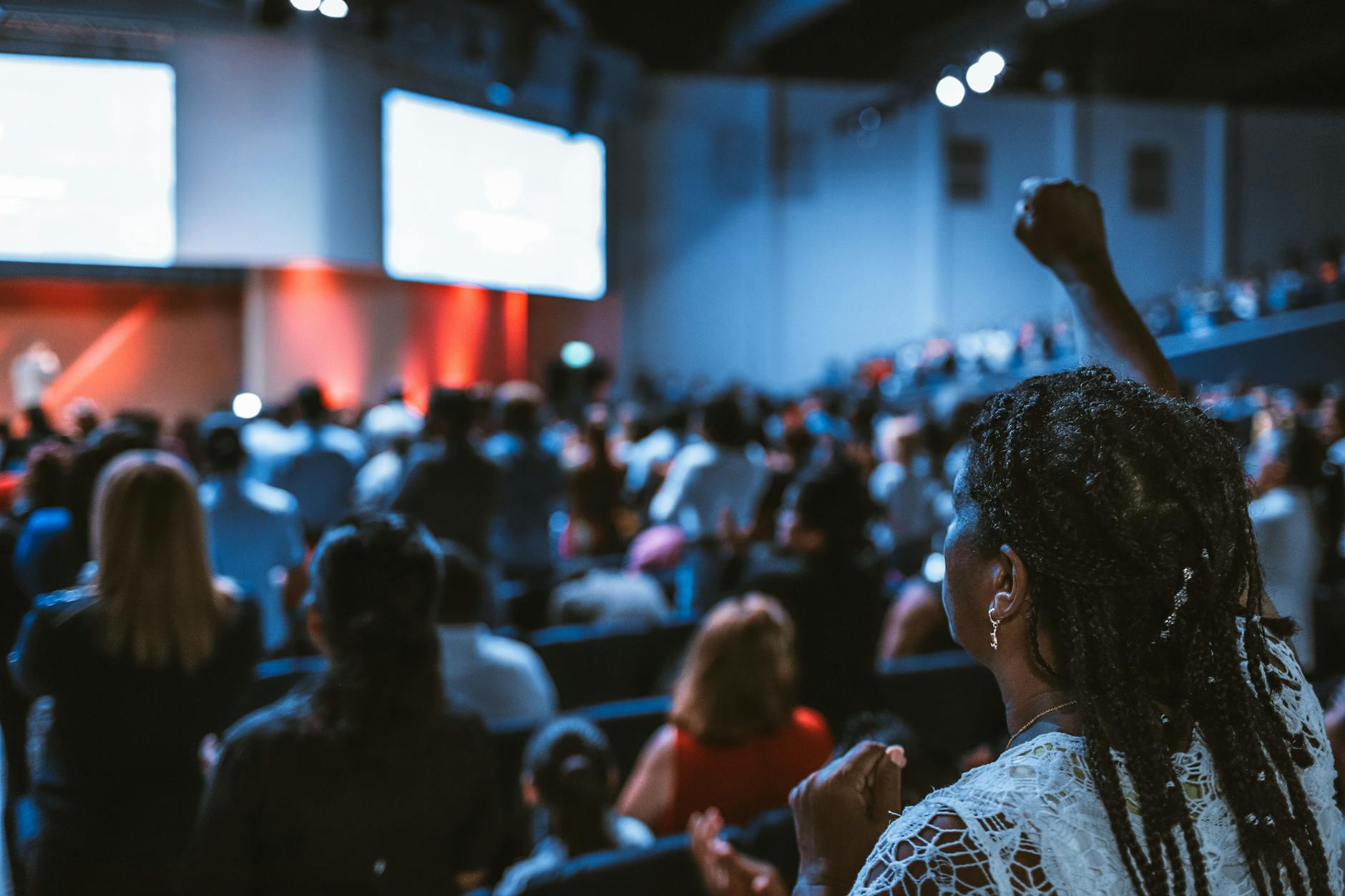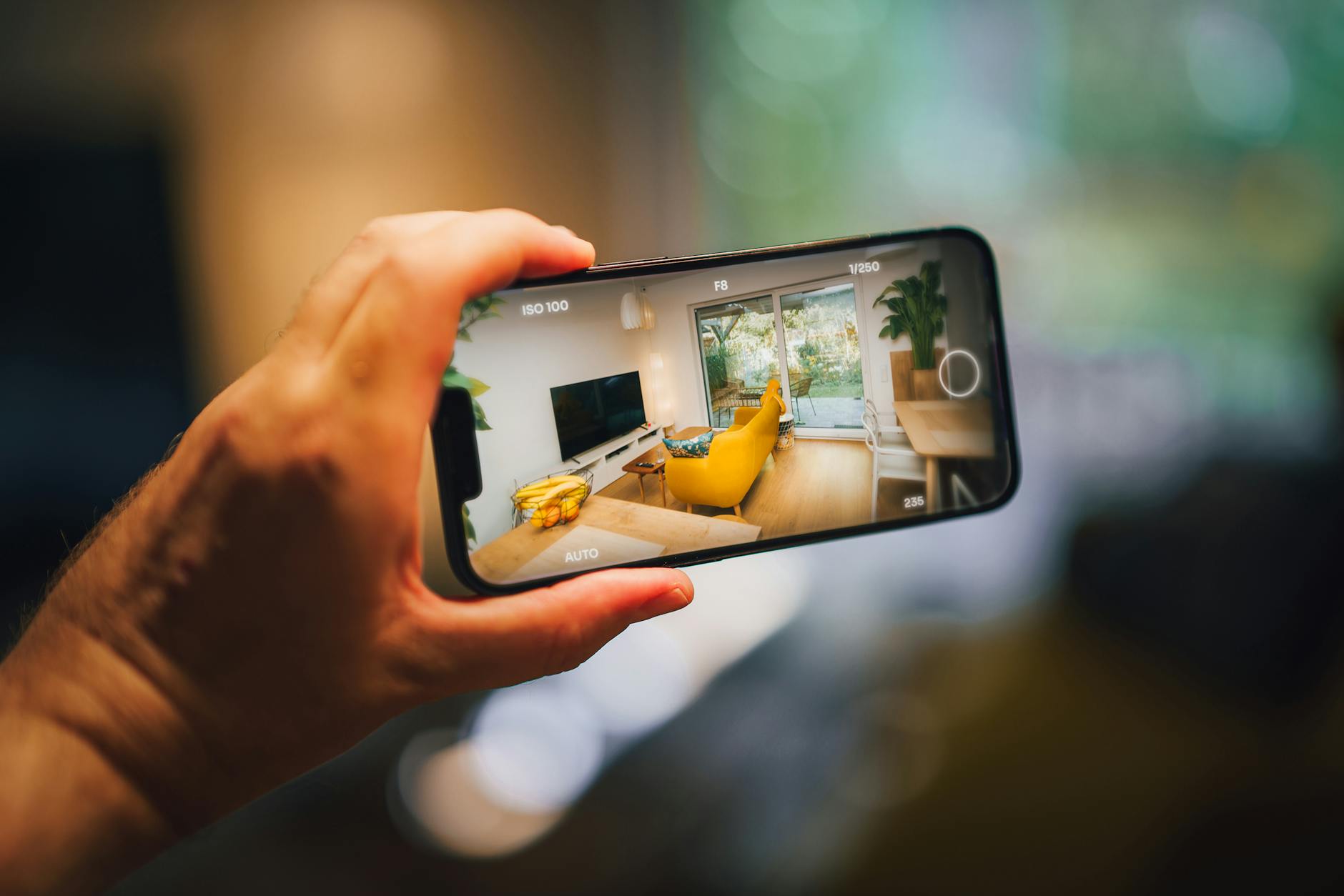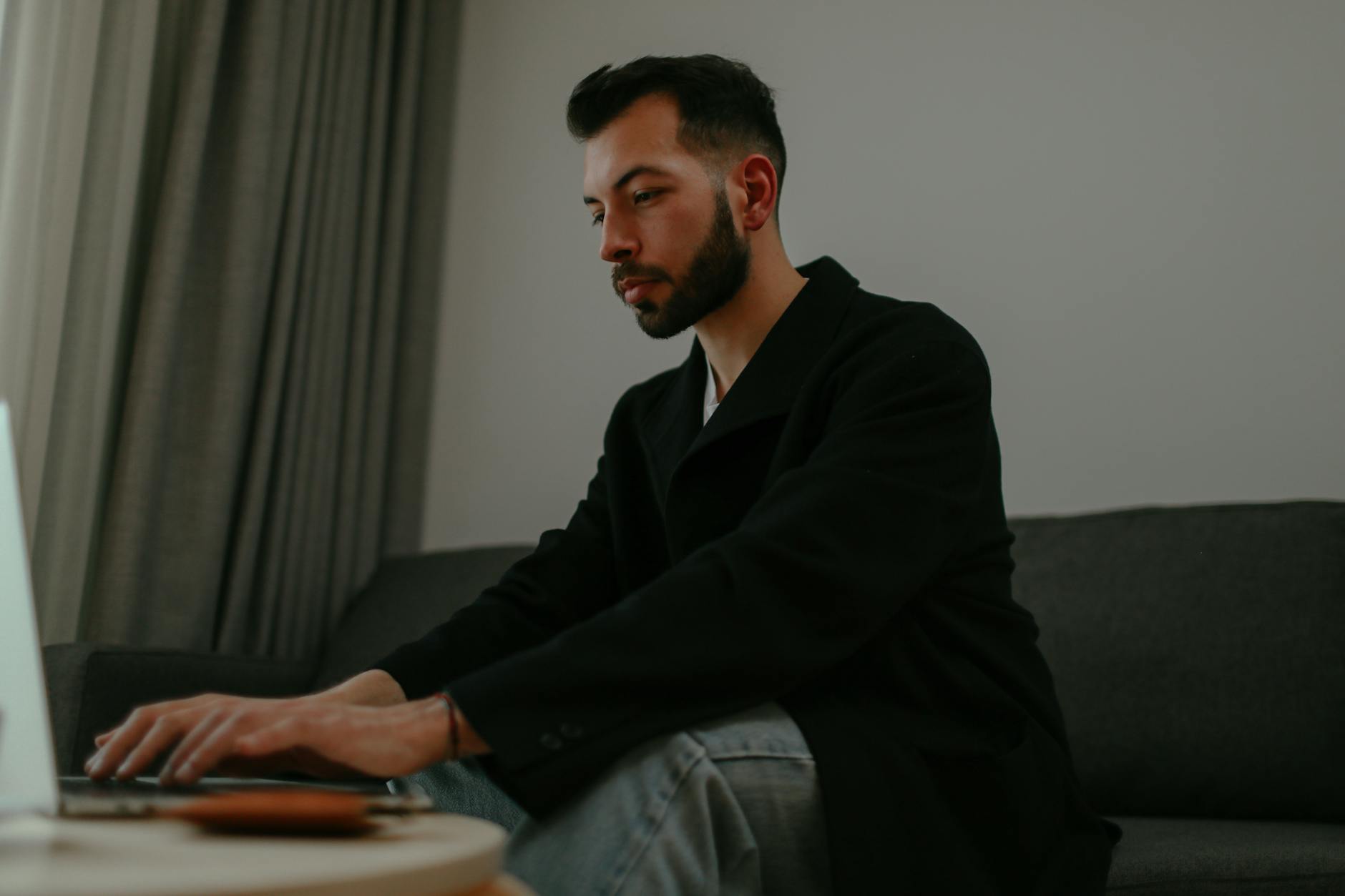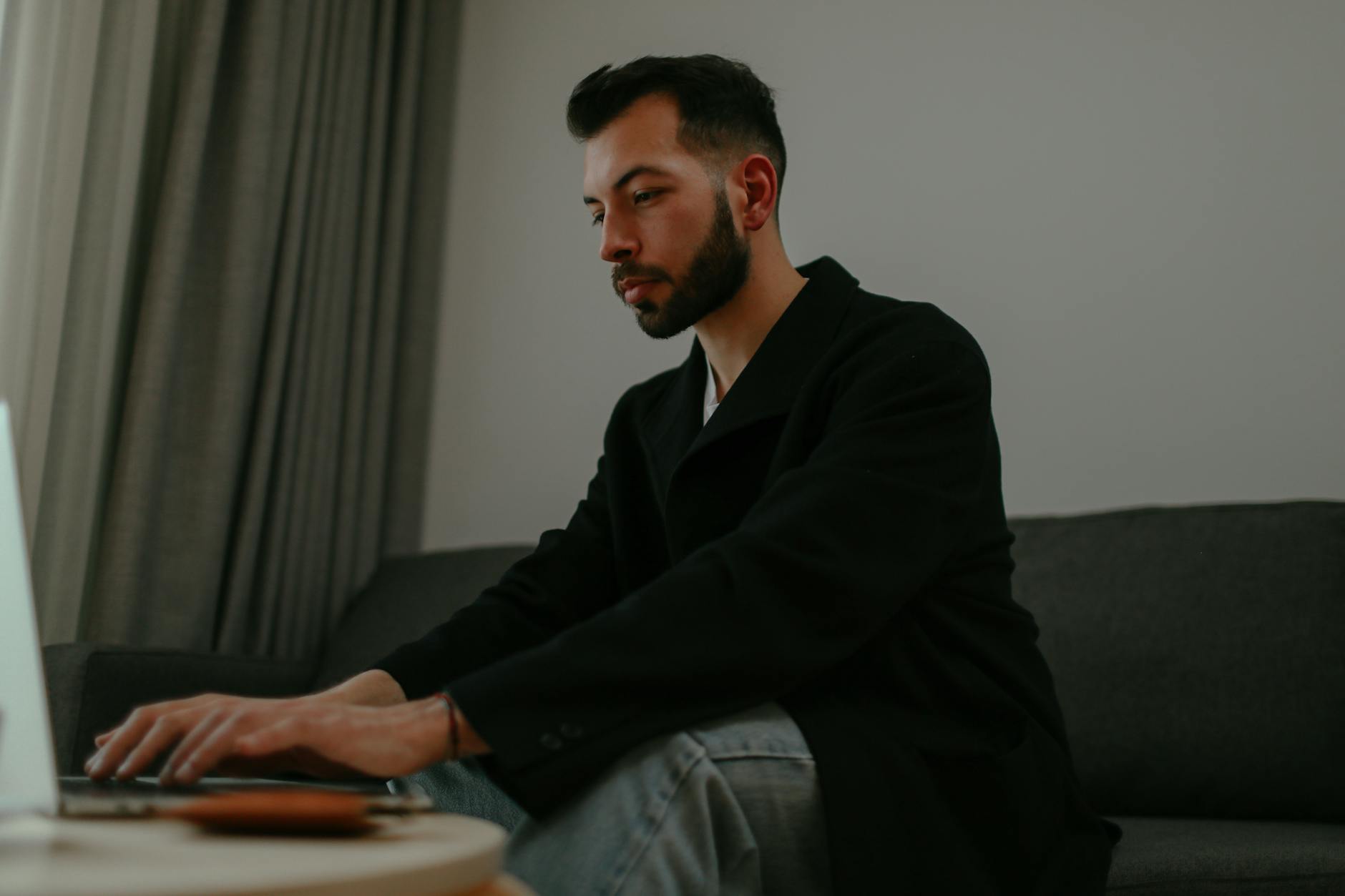The Roundtable: Campus Protests and the Question of Free Speech

Editor's Note: Welcome to our monthly roundtable discussion. Each month, our five student editors will come together to debate a major issue shaping our world. This transcript has been lightly edited for length and clarity.
Saerom Kim: This month, the story that dominated the news in the US was the wave of pro-Palestinian protest encampments on university campuses, from Columbia in New York to UCLA in California. It led to thousands of arrests, intense media coverage, and a major political debate. Anthony and I are both here in the US, seeing this up close, but to set the scene: the core of the protests was a demand from student activists for their universities to divest from companies with ties to Israel. But it quickly morphed into a much bigger, more contentious conversation about free speech and safety on campus.
Anthony Min: Exactly. And it became a huge financial and governance crisis for these universities. You had billionaire donors threatening to pull their funding, and Congress calling in university presidents for hearings that turned into political spectacles. The universities were caught in an impossible position: trying to protect the free speech rights of their students while also ensuring the safety of their Jewish students, many of whom reported feeling harassed and intimidated by some of the protest rhetoric. It's a logistical and legal nightmare.
Minwoo Jung: Watching from Seoul, it's fascinating to see how a foreign conflict has become such a deeply domestic American issue. But the response from the university administrations, sending in police in riot gear to clear out student encampments, was quite shocking from a Korean perspective. In Korea, our universities have a long and proud history as sanctuaries for pro-democracy protests, particularly during the authoritarian era. The idea of a university president calling the police on their own students is almost unthinkable here. It seems to be a very different understanding of the university's role in society.
Saerom Kim: That's a really interesting point, Minwoo. There is a deep tension here. On one hand, the ideal of the American university is that it's a place for the free exchange of ideas, even radical ones. But on the other hand, it's also a multi-billion dollar business that has a duty to provide a safe and undisrupted educational environment for its tuition-paying students. The protests brought those two competing identities into direct conflict.
Yehee Jung: From a public health and psychology perspective, it seems like a case study in group dynamics and trauma. The conflict itself is so traumatic, and we're seeing that trauma play out in these proxy battles far from the actual war. It also feels like the platforms we use to communicate, like social media, are making it worse. They reward the most extreme and emotional content, which pushes the debate further to the poles and makes finding any common ground or empathy almost impossible.
Yonghyuk Choi: It reminds me of the most passionate sports rivalries, but with stakes that are infinitely higher. In a rivalry, you have your colors, your chants, your side. It's a powerful in-group/out-group dynamic. The campus protests seemed to take on that same quality, where the specific policy demands—like divestment—became less important than the act of publicly declaring your allegiance to one side or the other.
Anthony Min: And that's where it becomes so difficult for a university president. They are not trying to manage a policy debate; they are trying to manage a tribal conflict that has erupted on their campus. And any action they take—whether it's clearing the encampment or letting it stay—is seen as taking a side, which only fuels more anger from the other. There was no winning move for them.
Final Thoughts
Yonghyuk Choi: This showed that the passion of a sports rivalry can be a powerful force, but when the game is real-world politics, the stakes are terrifyingly high.
Anthony Min: For university presidents, this was a no-win scenario, a perfect storm of financial pressure from donors, political pressure from Congress, and social pressure from their own students.
Saerom Kim: It was a painful moment that forced American universities to confront the deep contradiction between their ideals of free speech and their responsibilities as institutions.
Yehee Jung: The protests were a symptom of a larger societal problem: a breakdown in our ability to have difficult conversations in an environment poisoned by trauma and social media.
Minwoo Jung: It was a fascinating, and somewhat shocking, display of how a distant geopolitical conflict can become a deeply personal and divisive issue within another country's domestic politics.
What do you think? Where is the line between free speech and safety on a university campus? Let us know your thoughts in the comments below.



